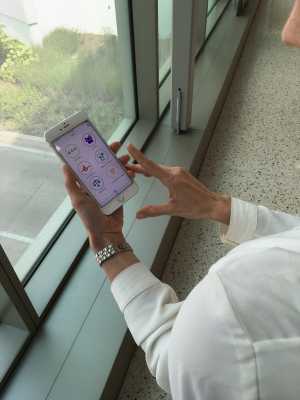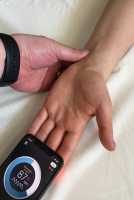Author Interviews, Heart Disease, Technology / 22.06.2018
Enabling Angioplasty-Ready “Smart” Stents to Detect In-Stent Restenosis and Occlusion
MedicalResearch.com Interview with:
Kenichi Takahata, Ph.D., P.Eng.
Associate Professor
Department of Electrical & Computer Engineering
Faculty of Applied Science
University of British Columbia
Vancouver, B.C., Canada
MedicalResearch.com: What is the background for this technology and study?
Response: Cardiovascular disease (CVD) is the number one cause of mortality globally. One of the most common and proven treatments for CVD is stenting. Millions of stents are implanted annually worldwide. However, the most common complication called in-stent restenosis, re-narrowing of stented arteries, still poses a significant risk to patients.
To address the current lack of diagnostic technology to detect restenosis at its early stage, we are developing “smart” stents equipped with microscale sensors and wireless interface to enable continuous monitoring of restenosis through the implanted stent. This electrically active stent functions as a radio-frequency wireless pressure transducer to track local hemodynamic changes upon a re-narrowing condition. We have reported a new smart stent that has been engineered to fulfill clinical needs for the implant, including its applicability to current stenting procedure and tools, while offering self-sensing and wireless communication functions upon implantation.
The stent here has been designed to function not only as a typical mechanical scaffold but also as an electrical inductor or antenna. To construct the device, the custom-designed implantable capacitive pressure sensor chip, which we developed using medical-grade stainless steel, are laser-microwelded on the inductive antenna stent, or “stentenna”, made of the same alloy. This forms a resonant circuit with the stentenna, whose resonant frequency represents the local blood pressure applied to the device and can be wirelessly interrogated using an external antenna placed on the skin.
(more…)







